Unmasking the hidden truths about working from your home
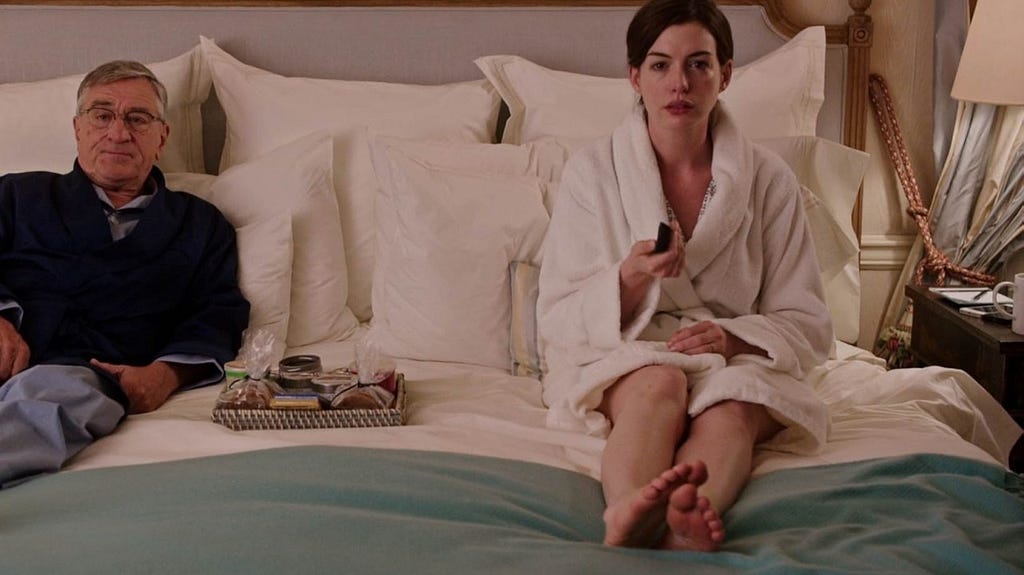
Don’t get me wrong, there are pros to working from home — flexibility, saving commute time, comfort… but for me, there are things I just don’t like.
- I miss the team energy — When you’re in the office, you feel the dynamic, you hear colleagues’ ideas, and you can exchange thoughts on the spot. It’s not the same on Zoom.Communication suffers — Despite all the technology, something is always lost in online communication. Whether it’s body language or the nuance in voice — somehow things feel different.It’s hard to disconnect from work — When your home is also your office, the boundaries between personal life and work blur. There’s always something to finish…Spontaneous moments are missed — In the office, many ideas come from informal conversations — at the coffee machine, in the hallway, at lunch. These small but important moments are missing in remote mode.Feeling of isolation — Working alone for most of the day can make you feel isolated. The real connection with people is missing, and sometimes so is the motivation.
Do I hate working from home, or do I just love live meetings?
Today I’ll tell you why I’m not a fan of working from home and why it’s cool that our UX Bulgaria group meetings are live.
Why meet new colleagues over a craft beer, a cool cocktail, or in my case — homemade lemonade, share ideas, resources, and leave with a smile, when you can just add them on LinkedIn?
During the pandemic, my colleagues and I worked from home for almost 3 years. Although many companies feared their employees would neglect work and “pretend to work,” it turned out that people were conscientious and much more productive.
Through my mentorship program, we get to know the designers in UX Bulgaria even better. Many of the young colleagues in the group started their first job during Covid and haven’t experienced working in an office. Their efforts to show loyalty and good work actually led to burnout.
Some of them have told me about situations where they’re heading to the restroom, but halfway there they hear a Slack notification and rush back to the computer.
Martina Mitz Dipl.Psych., who is my favorite UX psychologist in Bulgaria, can tell you a lot about how important it is to have separate physical spaces for different activities. But not everyone can set aside a separate room for a home office and know that when they leave the room after finishing their workday, they don’t go back in. Not everyone can resist answering a work email or notification at 9 in the evening, right when they’re having dinner with their family. Few are those who tell themselves that colleagues will learn that the number for emergencies is 911.
That’s why there are (still) separate buildings for different activities. That’s why there’s a building for school, “classroom work,” and “homework.”
But times change, and generations change. The new normal emerges. And we all know that people get used to things quickly, but they also unlearn quickly.
When the pandemic passed, I thought, “If we have to go back to the office — I’m quitting.” After a few workshops in the new office, I wanted to be there every day.
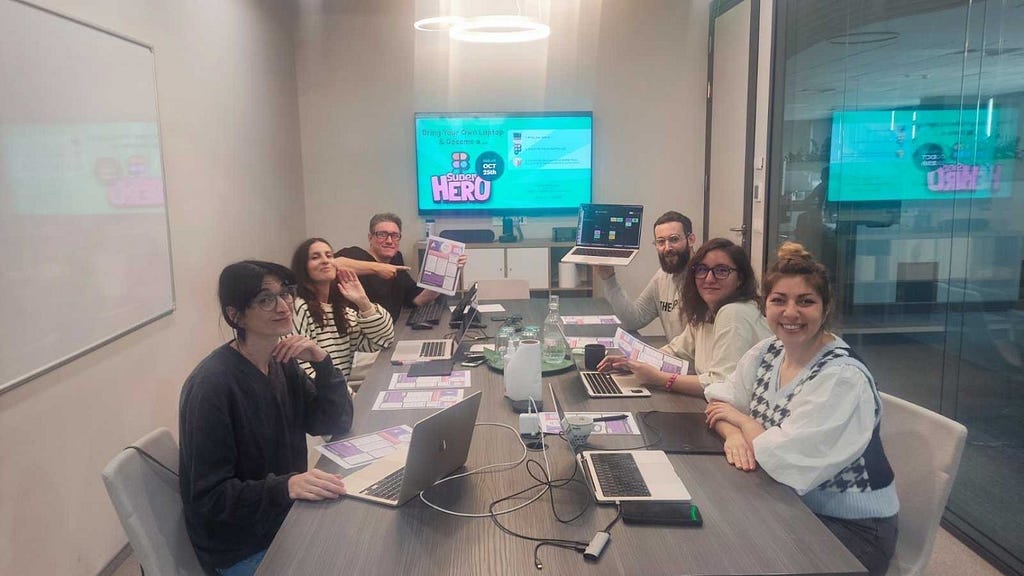
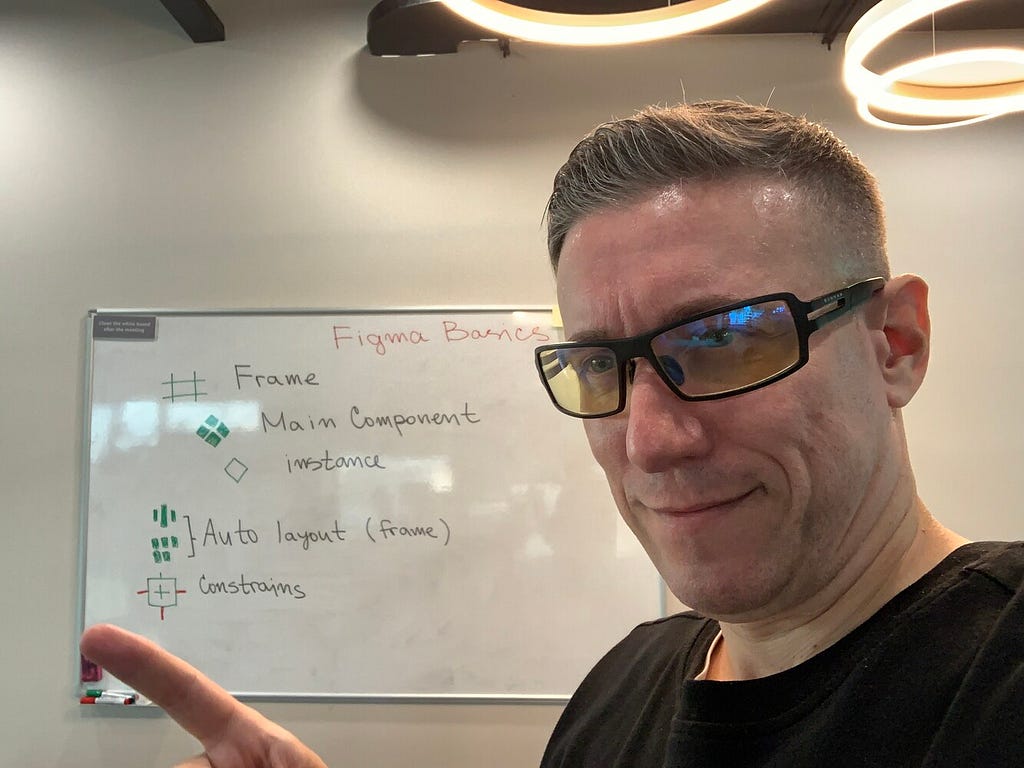

During my time at work (before officially retiring this year at 45), it was no surprise that, as in everything, balance is key.
It’s good to set aside slots, or in my case, 1–2 days a week, to be at home and dedicate them to organizational tasks, creating new strategies, planning, presentations, reports, team assignments, and online meetings with colleagues outside Bulgaria.
During the rest of the time, it was important for me to be “with people”. When you are with the teams live in the office, the connection is truly different. To be able to sit together and create new solutions, discuss designs, not be “at a desk” but standing around the conference table or by the wall covered with sticky notes. Some colleagues still haven’t done this.
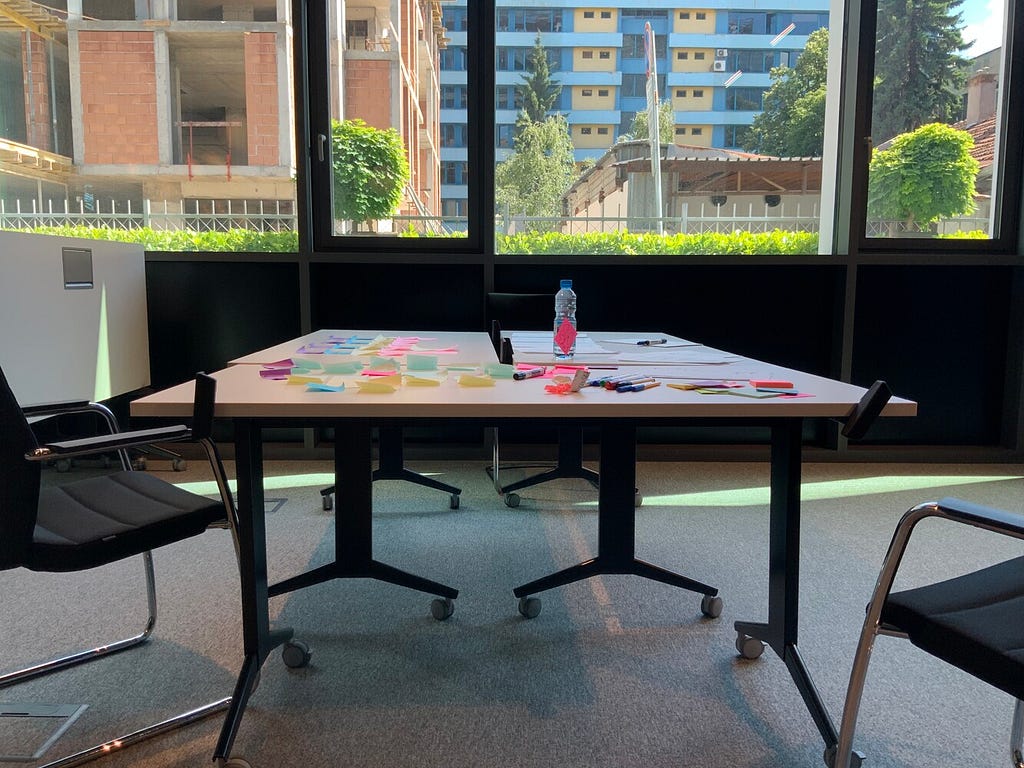
Even a quick Slack call to talk about something is replaced by a chat message or an email. It was precisely during the pandemic that I permanently replaced the latest smartphone model with a Nokia with a flashlight and learned to value my time more. Because it’s mine, and no one can give it back to me.
Owning a Rolex isn’t nearly as cool as owning your time.

When I was a student 25 years ago and the Internet appeared, one of the new things we used was chat — from Yahoo Chat, through mIRC, to ICQ and QIP. What did I learn from this type of communication back then? I learned that when writing, we are not very good at expressing our tone and emotions. My girlfriend at the time even got angry with me because she had taken one of my messages in a completely different way. It’s sometimes hard to understand how someone is feeling when they’re writing to you without seeing them. If you are serious at the moment, it’s very easy to assume that the person writing to you feels the same way, and a single sentence can be quite ambiguous.
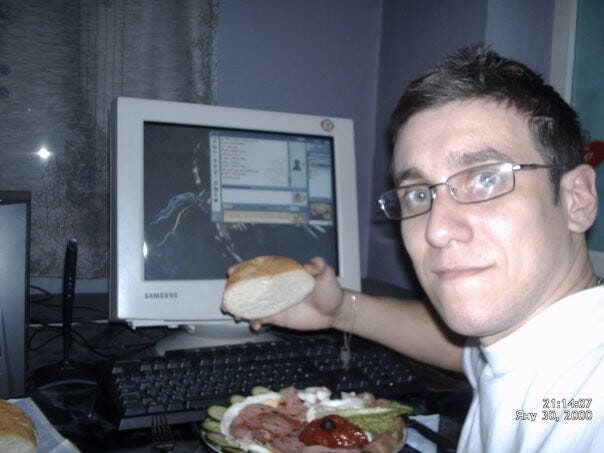
A little later, emojis appeared to “solve” this problem and make it easier to understand the tone of what we write and our emotions.
For me personally, however, it is a great plus when a team works together on a project live. And they can communicate, discuss, and create things together, not just sit next to each other in front of their brand new MacBook Pros.
Only admiration for all the teams who, instead of everyone staying at home, decided to gather in an outdoor office in nature. At a mountain hut and be together. This brings us closer and makes us a team. When we do something together live.

During the last edition of Design WeekEnd, where I was a lecturer, mentor, and part of the jury, the feeling was incredible. It’s no coincidence that I told Emil Totev and Yana Chuchuranova from the organizers that I can say with hand on heart that those 3 days at Design Weekend in Plovdiv were the best experience I had all last year.
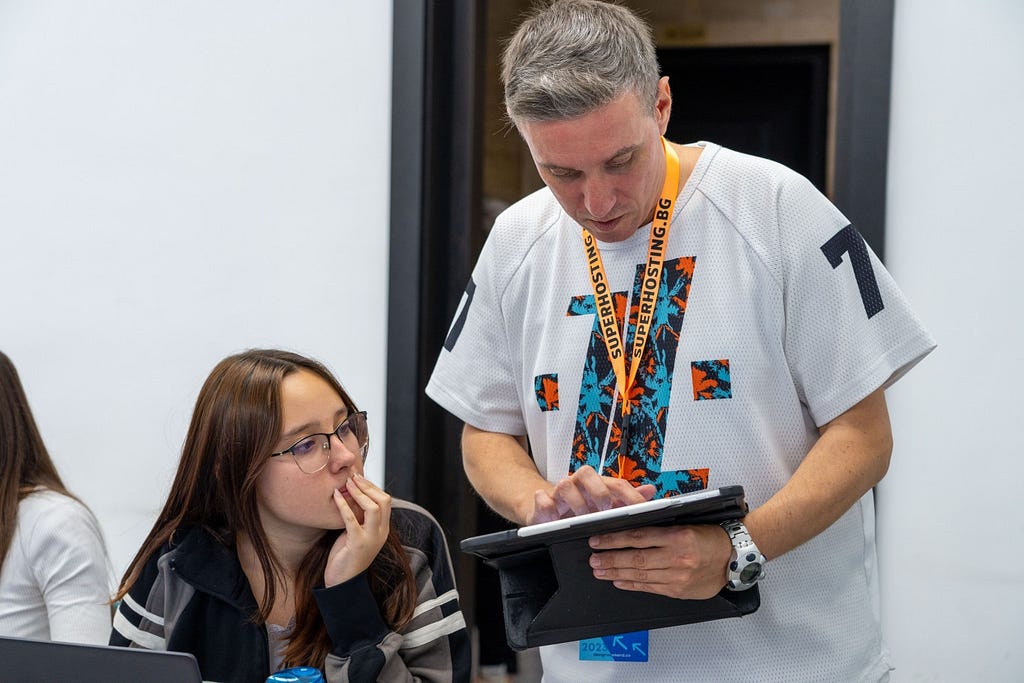
To see how teams of students worked together around the clock and created incredible things. To be there for them when they needed advice, to help each other, to grow together.
I felt the same way with Antonia Simeonova, Melis Mehmed, Suzane Islyamova, and Desislava Dimova during the UX Sofia 2024 workshops.
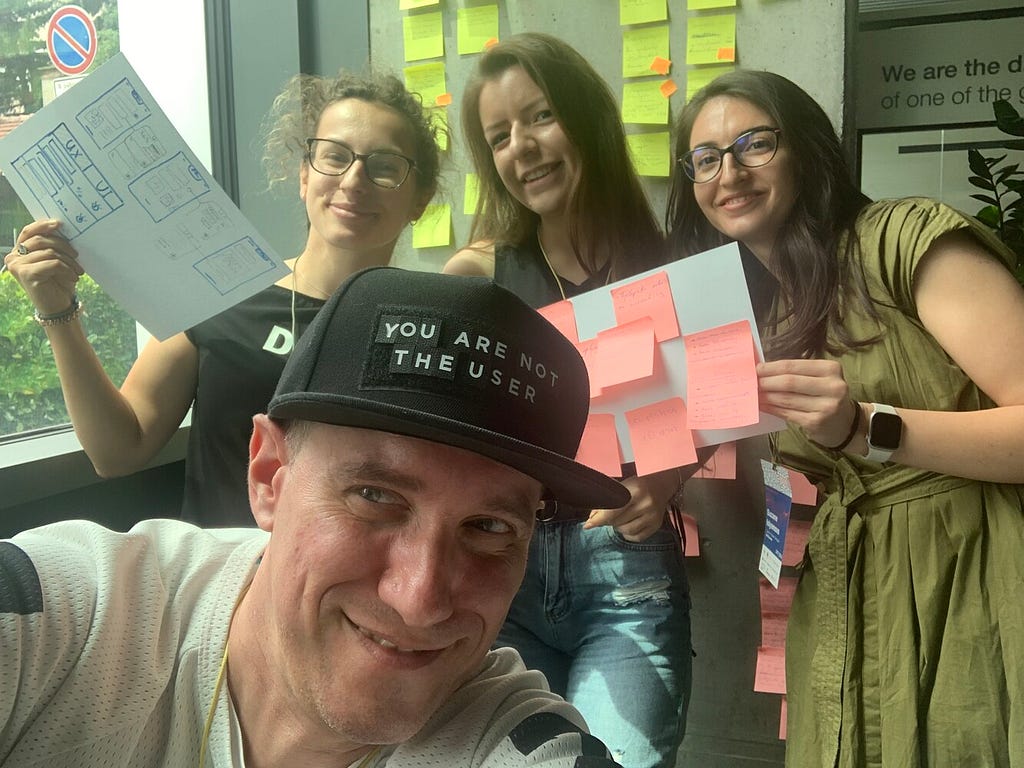
So, in (more than) a few words… That’s what working live gives me. Person to person. Emotion and experience.
Ultimately, it depends on the person, but for me, remote work just doesn’t bring the same feeling. Does anyone else feel the same? How do you deal with the challenges of remote mode? Share your thoughts!
I hate remote work as a UX designer, here’s why was originally published in UX Planet on Medium, where people are continuing the conversation by highlighting and responding to this story.

